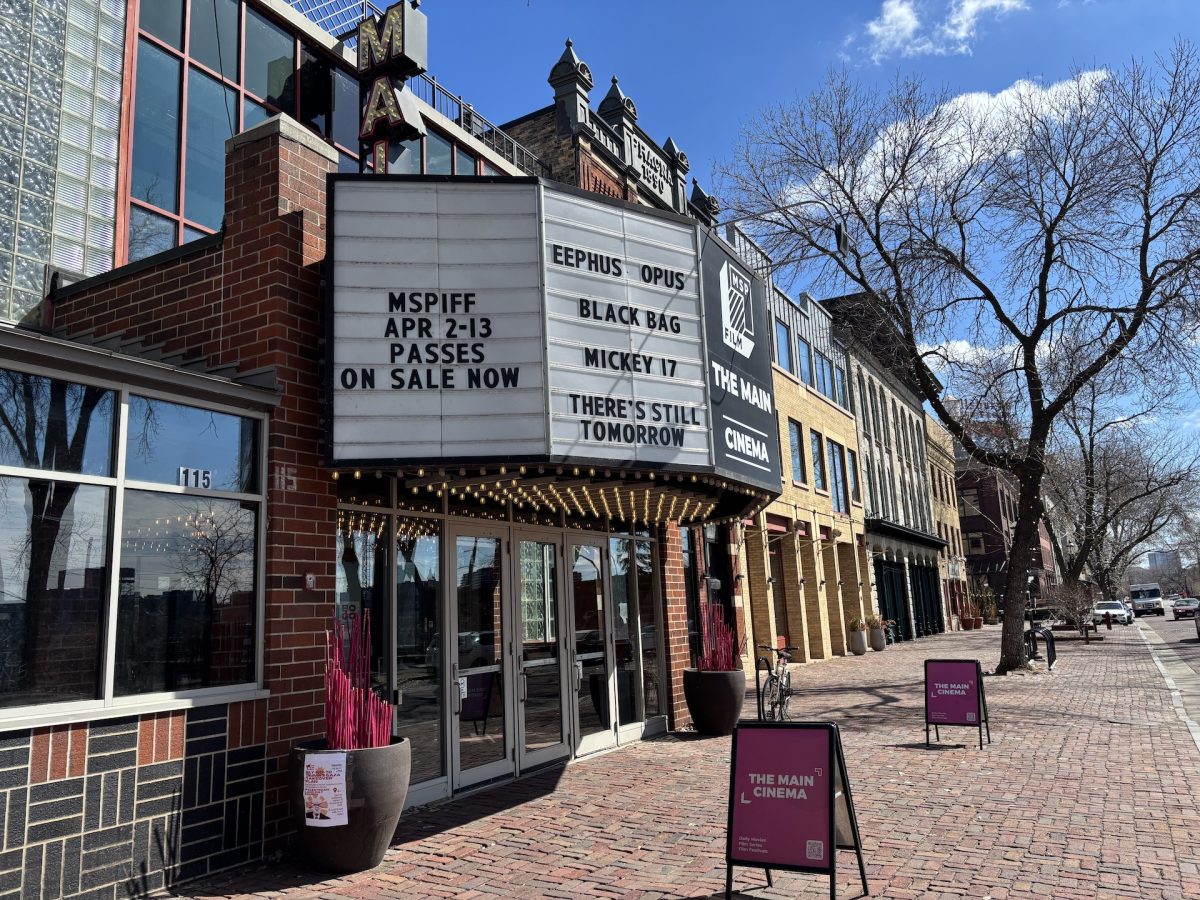Like a city unto itself, the University has its many neighborhoods and traffic patterns. And just as all mainstream Twin Cities arts venues benefit from being on a certain street or intersection, University venues are helped or hindered by those three magic words: location, location, location.
The Larson Art Gallery, housed within the St. Paul Student Center, is at a severe disadvantage solely because of its location. For the majority of University students without cars, simply getting to the space requires an additional hour or two of planning. All of which goes to show that the St. Paul Student Center must meet a higher threshold of expectations to draw the same crowds that stroll through Coffman Union on a daily basis.
Given all this, a review of the gallery’s current exhibit, Sculptures by William Pergl, must be a two-part affair: first a review of the work, but also a review of the space.
The works themselves – five wood-based sculptures by Pergl – chronicle an interesting evolution in Pergl’s artistic intent, which is explained in a lengthy “artistic statement” displayed prominently in the gallery.
Pergl’s intent, as he writes it, is to create works that engage the spectator by being based both in the commonplace and the unusual, works that seem simultaneously familiar and foreign. He wants to “incite a reaction” from observers by giving them objects without inherent explanations and also to make works that project a poetic presence, taking the ordinary and making it extraordinary.
In this exhibit, his works achieve these goals with mixed success. Two works, “Mass” and “Spoon,” created in 2000 and 1996 respectively, hardly seem provocative. In these, Pergl takes rather simple, flat forms and adds only a slight variation. “Mass” is, for lack of a better description, a flat, black blob, and “Spoon” is a brown figure that resembles the general shape of a spoon. Pergl has then manipulated the texture of each piece, adding bumps that render the shapes jagged and coarse.
But these don’t really achieve the effect Pergl is likely seeking, seeming more random than engaging.
The two highlights of Pergl’s exhibit successfully take familiar objects to an unexpected extreme. The 2001 version of “Spoon” is fascinating when viewed in conjunction with its blander, 2001 predecessor. Now a complex, three-dimensional structure, Pergl adds depth, arcs and curves to this everyday object, creating something fascinating and original to the process.
“Shell,” from 1996, evokes memories of the fascinating 2001 documentary “Rivers and Tides,” which captured the obsession of artist Andy Goldsworthy in exploring the unseen ebb and flow inherent to nature. With “Shell,” Pergl bends wood in unnatural ways to form the exterior of a shell to be found in nature and uses copper wire to spiral around the wood in a contrasting pattern. Here, he creates a work that achieves his artistic goals, celebrating the intricacies of the commonplace while emerging as something unlike anything we’ve seen before.
Unfortunately, any power these sculptures might possess is lessened or destroyed by the space they inhabit. The gallery seems barren, lifeless and under construction (part of the space is cut off with a draped sheet). A student employee said the space serves dozens of visitors weekly during the summer and hundreds weekly during the school year, but very little has been done with this exhibit to make it accommodating, welcoming, interesting or enlightening.
Yes, this is a university, and small spaces are the name of the game. This University is fortunate to have the number of galleries it does. But if students make the trek from one city to another in search of Pergl’s free, on-campus art, they will undoubtedly wonder if this is all there is.
It’s a problem with the space that tragically rubs off on the work and one that should be addressed with the next exhibit.







